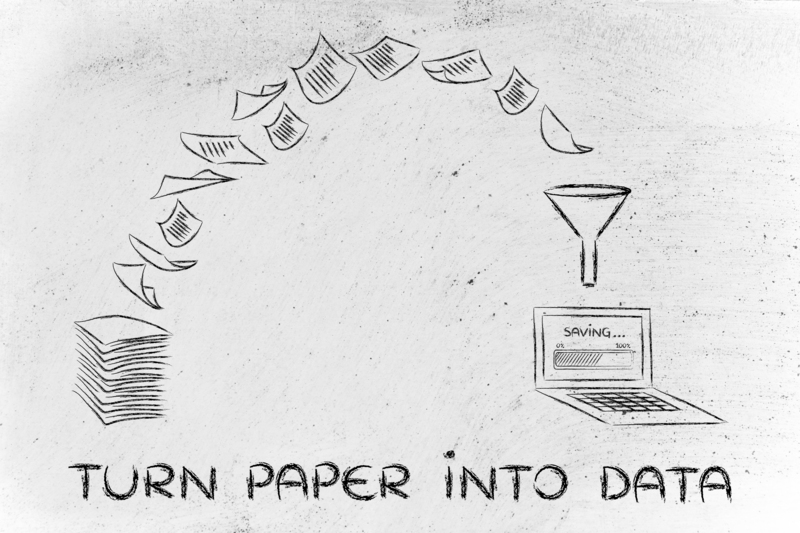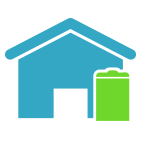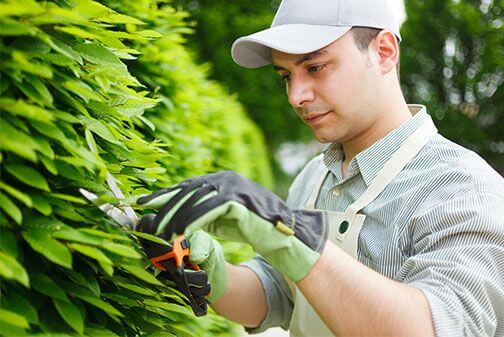Cutting Down on Plastic: A How-To Guide
Posted on 06/06/2025
In recent years, the alarming rise in plastic pollution has galvanized communities and individuals to seek ways to minimize their plastic use. Plastic waste not only ravages our natural ecosystems, but it also contributes significantly to greenhouse gas emissions. Here's a detailed guide on effectively cutting down on plastic, complete with tips, pros and cons, key takeaways, and a conclusion to kickstart your plastic-free journey.
Assess Your Plastic Footprint
The first step in cutting down on plastic is understanding your current usage. Take a week to track every piece of plastic you use. This weakens any misconceptions and gives a clear picture of where you can make the most impact.

Opt for Reusable Bags
One of the easiest changes is switching to reusable bags. Invest in cloth or other recyclable material bags. Keep them in your car or carry them with you to avoid forgetting them. Make this a new habit to significantly cut down on your dependence on plastic bags.
Why Say No to Single-use Plastics?
Single-use plastics, like straws, water bottles, and cutlery, make up a significant portion of plastic waste. Simple switches like using a reusable water bottle or carrying a metal straw can drastically reduce your plastic intake. Many cafes and restaurants also offer incentives for bringing your own cup or utensils.
Think About Your Purchases
Before buying, consider the packaging. Opt for products with minimal packaging or better yet, purchase in bulk. This can often save money and reduce the amount of plastic waste. Choose pantry staples like rice, beans, and grains that are often available in bulk bins.
DIY: Cleaning and Personal Care Products
Many cleaning and personal care products come in plastic containers. A simple way to reduce this is by making your own. Recipes for everything from shampoo to household cleaners are abundantly available and often require minimal effort to create.
Recycle Smarter
Not all plastics are created equal, and not all are recyclable. Check with your local recycling program to better understand what can and cannot be recycled. Be diligent in cleaning your recyclables to ensure they are processed correctly.
The Benefits and Challenges of Cutting Down on Plastic
Pros:
- Environmental Impact: Reduces waste in landfills and oceans.
- Health: Many plastics contain harmful chemicals that can leach into food and drink.
- Cost Savings: Reusing items reduces the need to buy more, saving money in the long term.
- Aesthetic Appeal: Less clutter from plastic means a cleaner, more organized space.
Cons:
- Convenience: Plastic is often more convenient to use and dispose of.
- Initial Costs: Reusables can have a higher upfront cost.
- Availability: Not all plastic alternatives are readily available everywhere.
- Adaptation Time: Changing habits can take time and effort.
Simple Tips for Reducing Plastic Use
- Refuse plastic straws and carry a reusable one.
- Choose glass or metal containers for food storage.
- Use a bamboo toothbrush instead of a plastic one.
- Compost food waste instead of using plastic garbage bags.

Key Takeaways
- Understanding your plastic footprint is crucial for making impactful changes.
- Simple swaps, like reusable bags and bottles, have a significant effect.
- DIY products can reduce reliance on plastic-packaged goods.
- Knowledge of local recycling rules optimizes recycling efforts.
Conclusion
Reducing plastic use is not an overnight process, but every small step counts towards a larger goal. By being mindful of your plastic consumption, opting for reusable alternatives, and educating yourself on smarter recycling practices, you can contribute significantly to reducing plastic pollution. We all have a part to play in saving our planet, and cutting down on plastic is a crucial step forward.
With dedication and these actionable steps, you can make a formidable impact in the fight against plastic pollution. Start today, and watch as small changes lead to significant results. The era of disposable plastics is gradually fading, and your efforts are paving the way for a more sustainable future.










